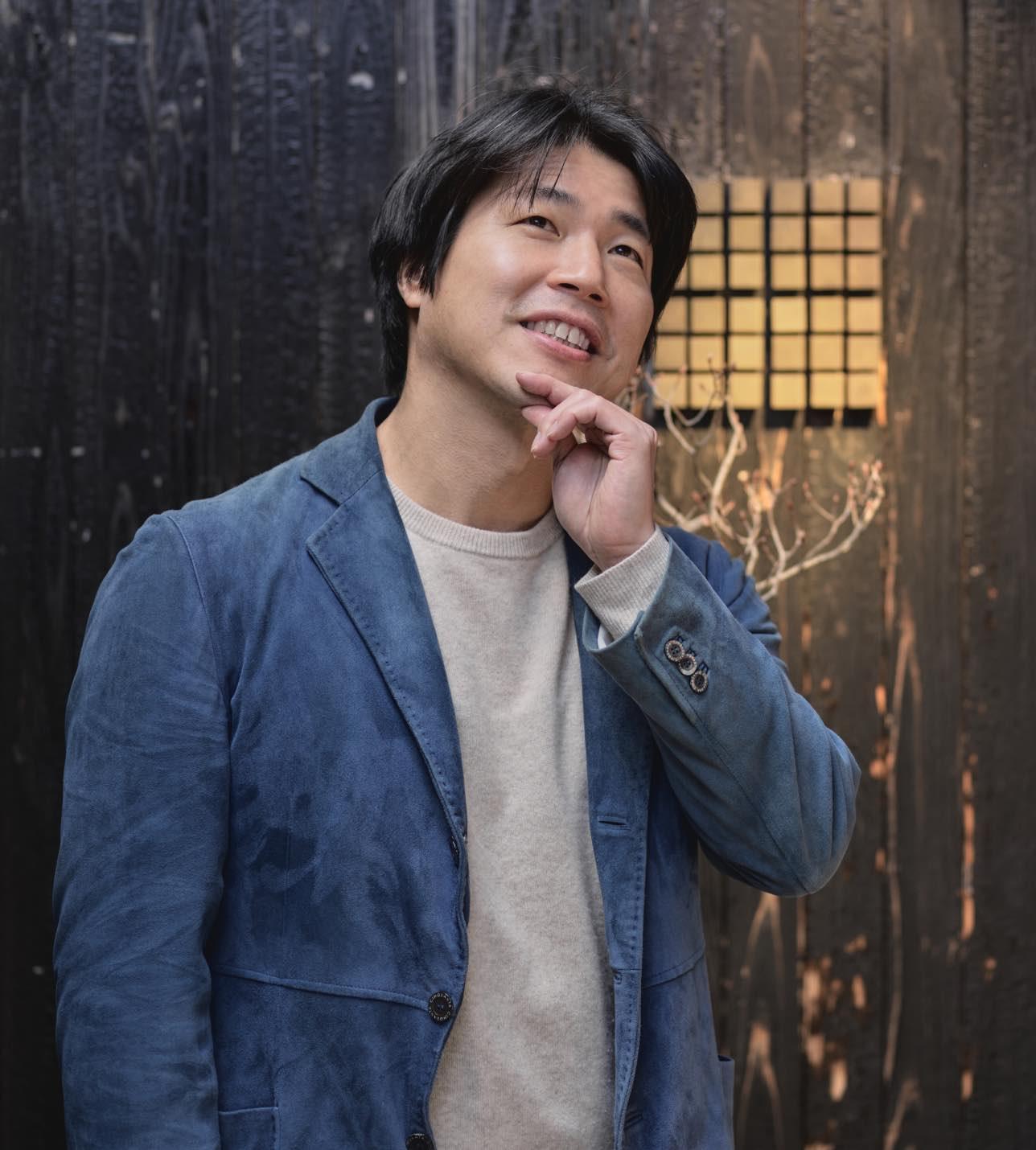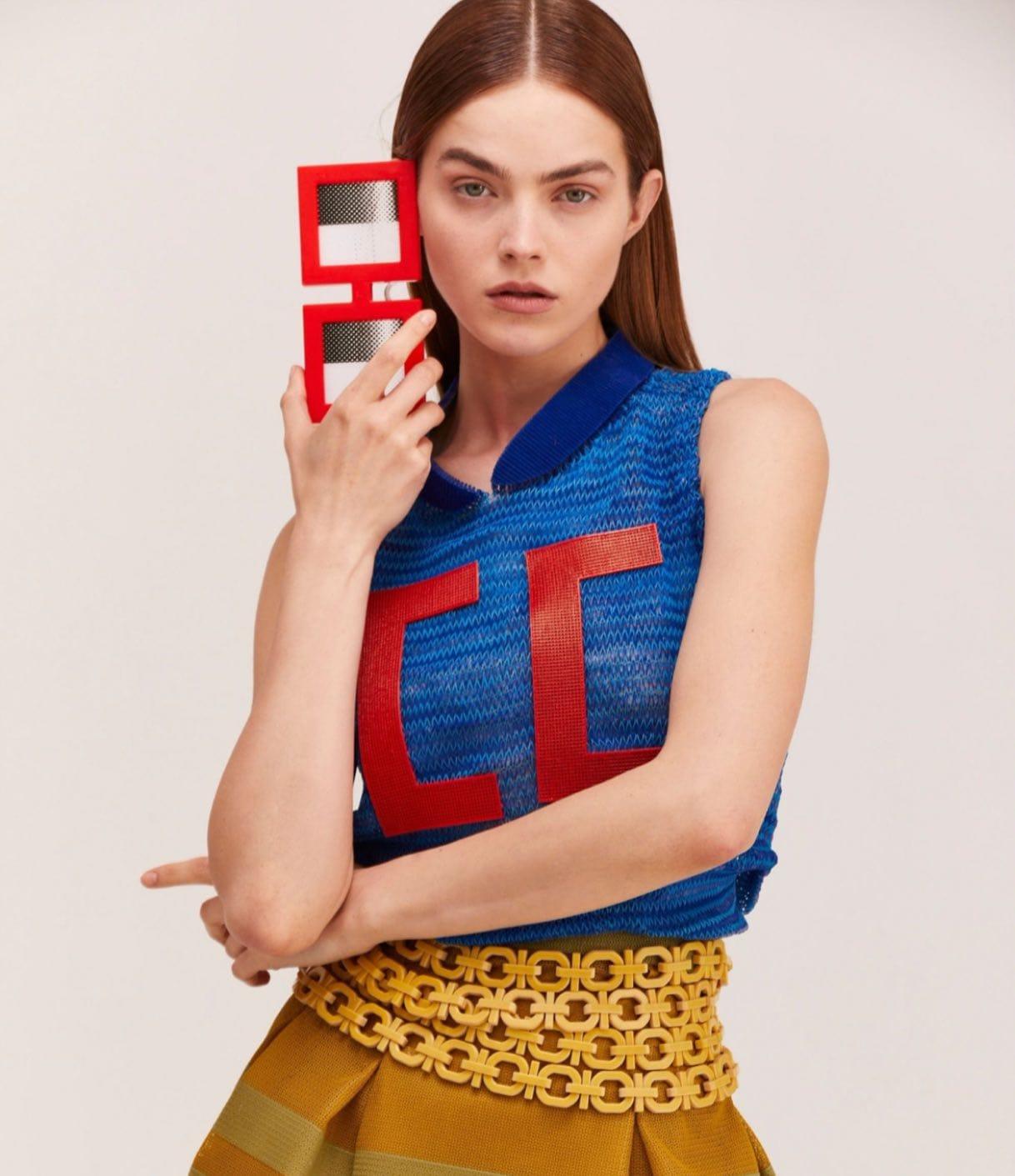Experiments With Our Ventures
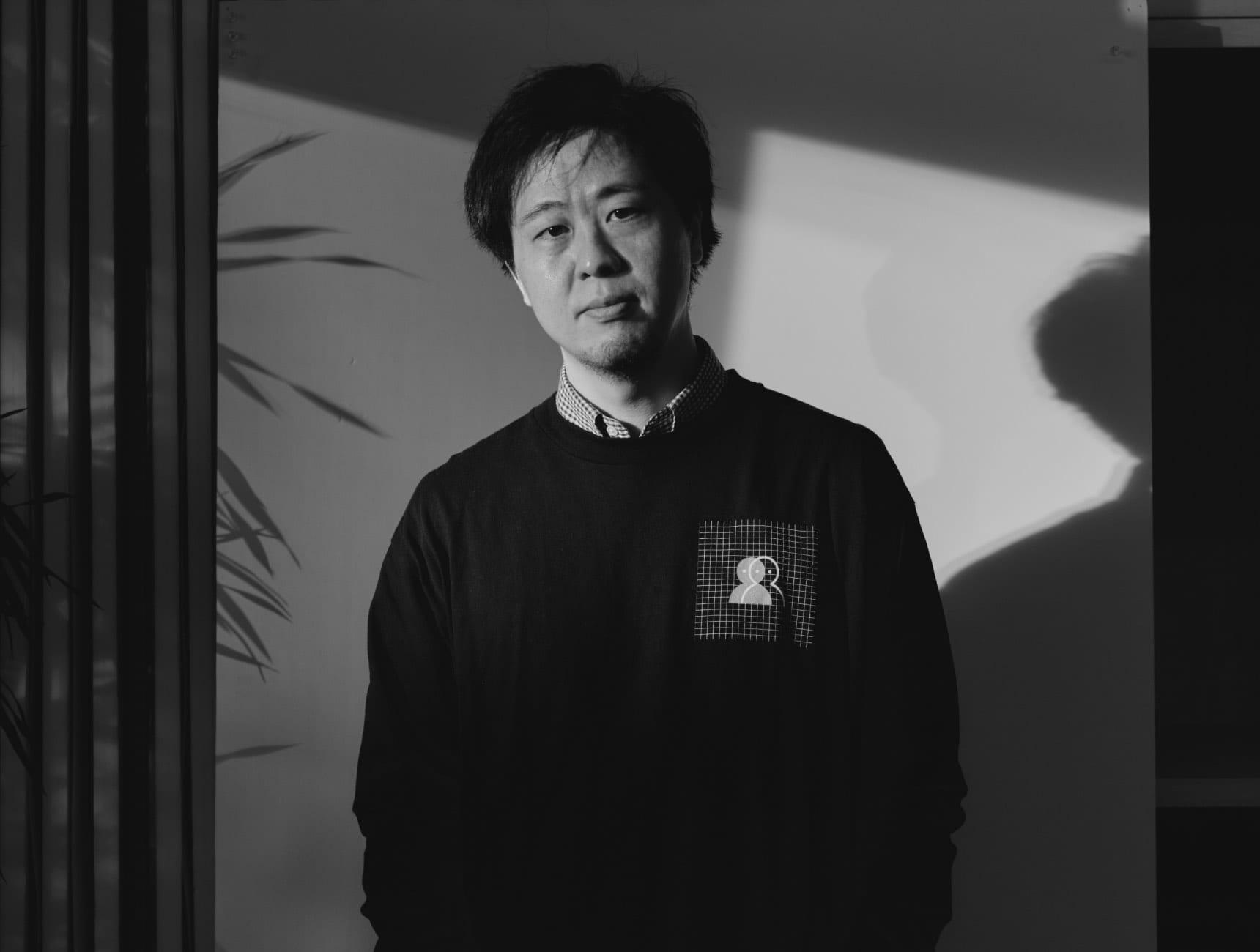
Championing fast experiments is core to how our ventures progress towards making an impact in the world. Starting with a bold idea and running small, quick experiments along the way helps us understand the needs of our customers and allows us to predict outcomes on a bigger scale. These experiments give us real-human insights to better understand our users’ needs. Our ventures run fast experiments with customers, products, and their overall process of identifying key problem areas.
Experiments With Our Ventures
459 Ideas submitted from around the world

298 Individual ideas submitted

160 Organizational Venture ideas

32 Individual ideas selected

27 Organizational Venture idea engagements

Experiments With Customers
Lullaby, a personalized sleep training service and platform for parents of newborns, has been experimenting with events to better understand their customers. Together with sleep consultants, the team hosted seminars throughout Tokyo and Osaka at places where potential customers frequently traffic, such as department stores.

“Hosting events in new environments was a quick experiment for us to gather direct feedback about our product and the user journey necessary to connect new users to Lullaby.”
Yukari Tago, EIR, Lullaby

Pioneer Guild, a career navigation tool that identifies skills, maps career paths, and provides resources for professional development communities, ran experiments around mentorship with a set of users and mentors.
“By experimenting fast, we can find out facts that help us move forward. This cycle helps us grow.”
Hiroyuki Narihara, EIR, Pioneer Guild
Experiments on Products
VOOX, a platform that offers a selected collection of bite-sized audio content for lifelong learning, has seen exponential growth over the past year with an expansion of their user base and team. In order to keep the momentum up, VOOX experimented by testing their content on other platforms, such as Upskilling Symposium, to garner more traction for their brand.

“In order to identify what is working and what is not, I decided to try as many new things as possible.”
Guihua Hong, EIR, VOOX
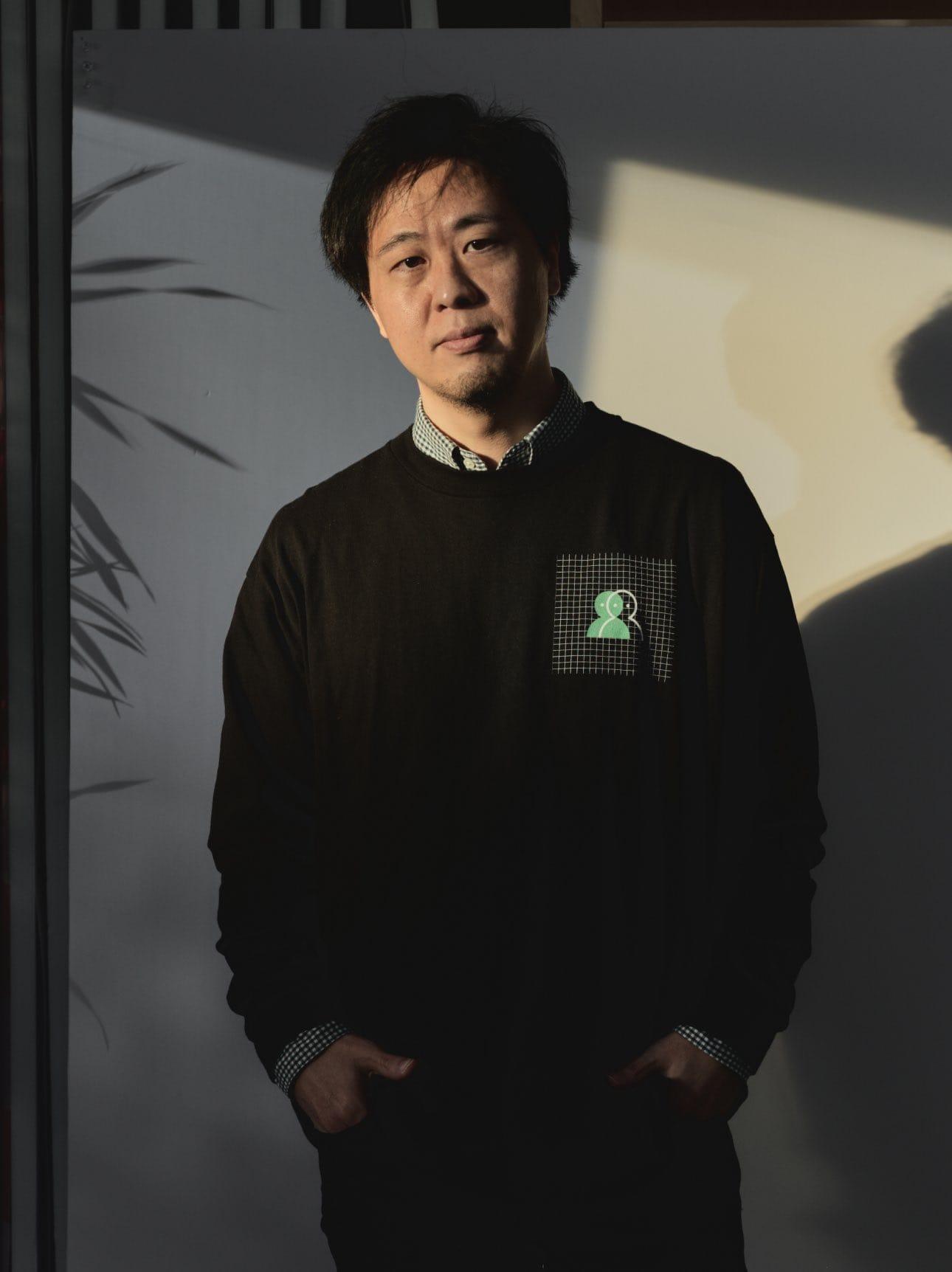
MetaJob, a job matching service that specializes in digital work, spent most of 2022 experimenting with their product. One product component the team has been experimenting with is the “MetaJob button,” which provides a direct human touch onto e-commerce. It’s reimagining the traditional chatbot functionality with curated responses into directly connecting the user to a MetaJob worker with a more customized experience.
“What we have achieved by learning from our mistakes is what MetaJob is today.”
Naohiro Hoshino, EIR, MetaJob
GORIL, a digital product that uses visualization and real-time feedback to teach native Japanese speakers proper articulation of the English language, experimented by making their first prototypes this year. The first experiment explored what GORIL would be like if there were a teacher guiding pronunciation. After learning that this might be quite difficult to scale, the team explored the idea of gamification. What if a game like Pong was able to identify correct or incorrect pronunciation? It's worth the experiment!
“We realized we have a lot of unconscious biases and based on that, we need to clarify what we want to validate through testing, and that helps us come up with the right questions to ask.”
Satohshi Yoshida, EIR, GORIL

“We have been experimenting in bold new ways and aim to make those experiments more human-centric, which helps us to better understand the problems we want to solve on a much deeper level.”
Rosa Dell A. dela Torre & Rodellie Grace Aldas, EIRs, Inna Circle
Inna Circle, an online marketplace for trusted and on-demand childcare, experimented with events and experiences for potential users. Inna Circle quickly launched pop-up events with limited resources to meet actual users, which allowed them to try different concepts and influence advocates of their brand. One major blocker the team ran into was not being able to accept payments without a business license, but they quickly devised a workaround. The team used this as an opportunity to speak directly to mothers to gather feedback on pricing sensitivity, curriculum, and expectations.

UNBLOCK, an idea that was selected during the ILLUMINATE Design Challenge, is developing the future of retail with connected products, interactive stores, and wired supply chains. The team created five different prototypes to showcase potential offerings the platform could offer. Some ideas the team is currently testing include registering garments online, digital verification for traceability, and delivering real-time inventory. Through detailed experimentation and exploration with potential users, the team is seeking to help brands create next-generation retail experiences that connect shoppers to digital and physical environments.
Learn More About Unblock
“The demo event at Spring Terrace was valuable... This helped us create a closer connection between Moon and the Mitsui Retail Department and affiliated companies that were invited to experience the concept in person. We were able to collect very important feedback to better frame our idea and expected goals.”
Marco De Rossi, Project Lead, UNBLOCK
Soft3DP, a sustainable fashion platform, is transforming the fashion industry by inventing new 3D-printable materials and processes that can create soft, wearable fabrics and be fully recyclable. EIR Danit Peleg experimented by adding color pigment to the filaments for the first time and developing a 3D-printed fashion collection that incorporated these new filaments for NFT Paris.
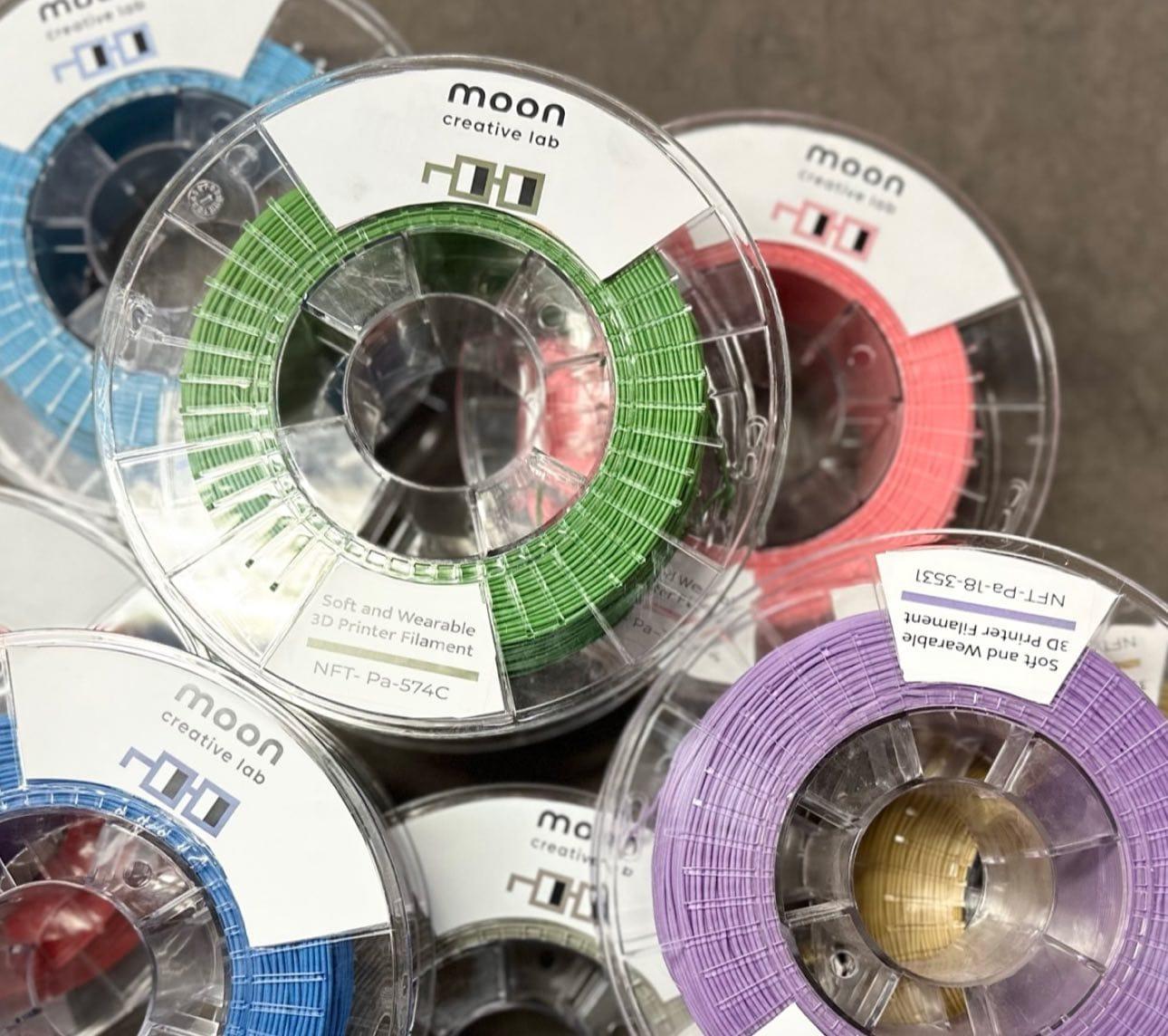
“All of our hard work and experiments from the past three years have come together for others to experience! I am so proud of our research and the boundaries we are pushing for what is possible in fashion.”
Danit Peleg, EIR, Soft3DP
Experiments on Process

Tennis Bear officially launched as a new company in 2022. Congratulations, Tennis Bear! To continue in the true spirit of experimenting fast, the team launched their first major PR event to announce the Tennis Bear Cup, an amateur tennis tournament sponsored by Moon and Mitsui & Co. The team invited Nisikigoih, a renowned comedian, and wheelchair tennis players Daisuke Arai and Yuma Takamuro to the event. This event gave EIRs Kei Esaki and Hiroyuki Mashihara insight into the Tennis Bear marketing strategy and future outreach opportunities.
“Not only were we able to steadily progress from event planning to execution with a sense of urgency, but we also designed KPIs for the event to help us better measure the results and impact in a short time frame. Overall, the event gave both Moon and the Tennis Bear team a lot to learn from for how to approach future events.”
Kei Esaki, EIR, Tennis Bear
